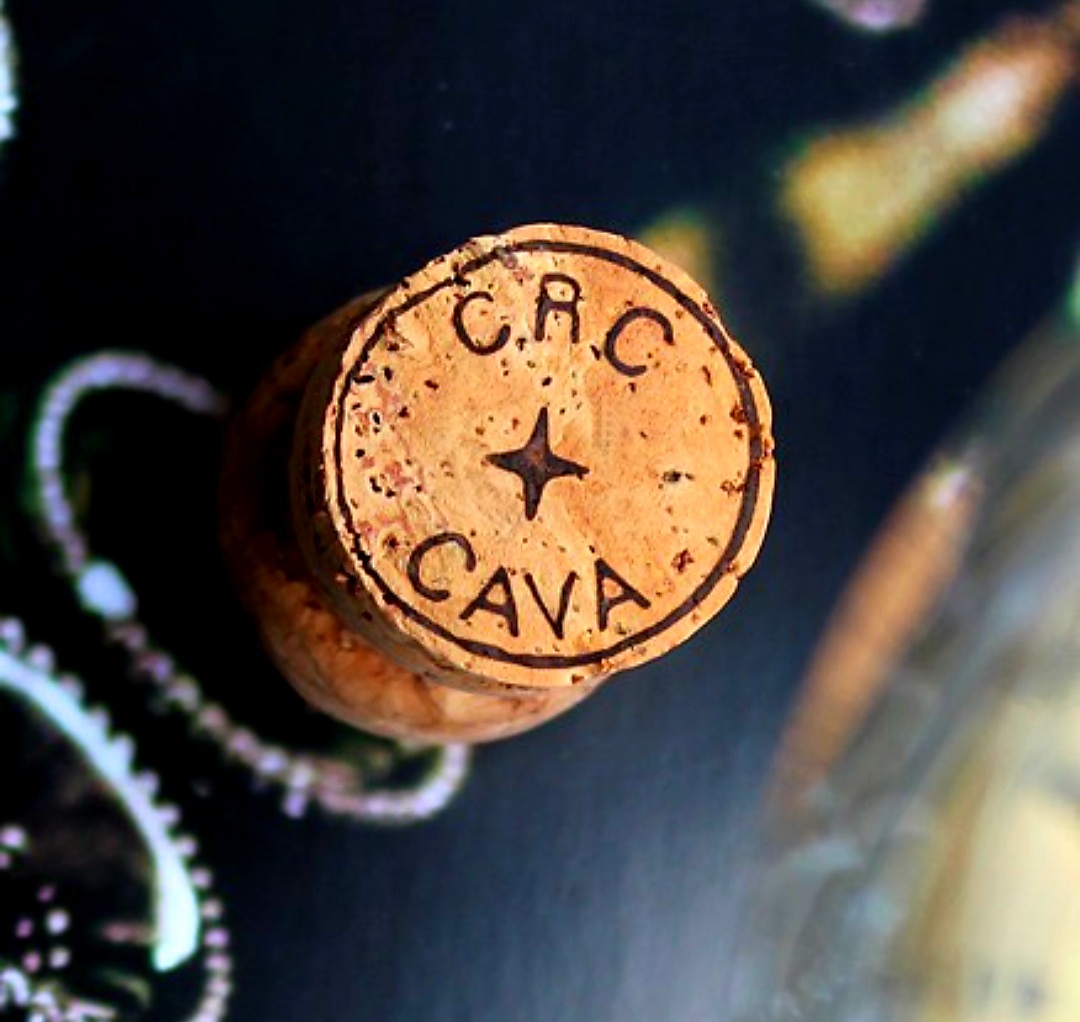The Wolf Post, supported by a Cultural Association, offers a professional service with free access, without subscription.
For this reason, a donation would also be a sign of appreciation for our work.
According to data from the Spanish Wine Observatory (OEMV), February 2022 was the best month in the historical series for the export of Spanish wine, reaching 225.1 million euros, or 20 million more than in February 2021.
In the year, up to February 2022, 2,287.1 million liters (+ 12.4%) were exported, for a value of 2,926.6 million euros (+ 12.7%), which represents 252.7 million liters more and 329 million euros more. The growth, year over year, in terms of value, has been uninterrupted since April 2021, while the volume seems to stabilize at around 2.3 billion liters.
The data relating to the export of Cava, a Spanish sparkling wine, are also exciting, as confirmed by the data reported by the Consejo Regulador D.O. Cava: “The foreign market demonstrates the strength and presence of D.O. CAVA at an international level, with an increase of + 11.34% and consolidating 71% of total sales. The countries that make up the European Union recorded growth of + 3.16%, and third countries continue to grow with an exceptional + 30.43%. The German market maintains its position as the main consumer country (+ 4.23%), followed by the United States (with an impressive growth of + 40%), Belgium (+ 11.56%), United Kingdom (-3.90%) and Japan (+ 7.94%). Also noteworthy is the growth in Austria (+ 65.54%), Brazil (+ 37.69%) and Poland (+ 27.35%), with double-digit increases “.
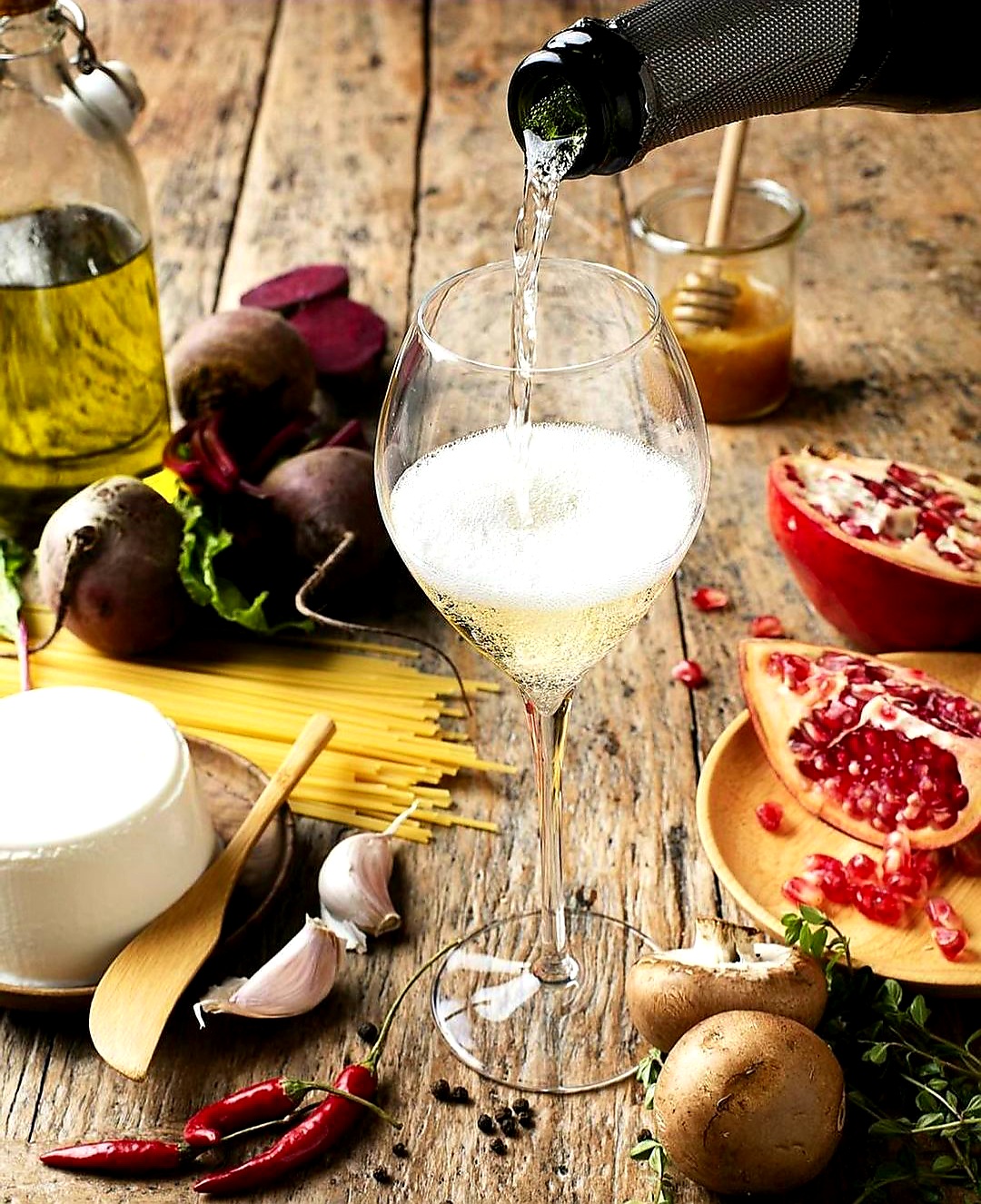
© D.O. CAVA
Spain’s wine is growing. Spain invests in wine (as well as the olive sector did, reaching the first world position in terms of production). Spain’s wine has ambition. The Spanish wine sector is making its way, not just thanks to investments in the territory but also for a communication that is increasingly international.
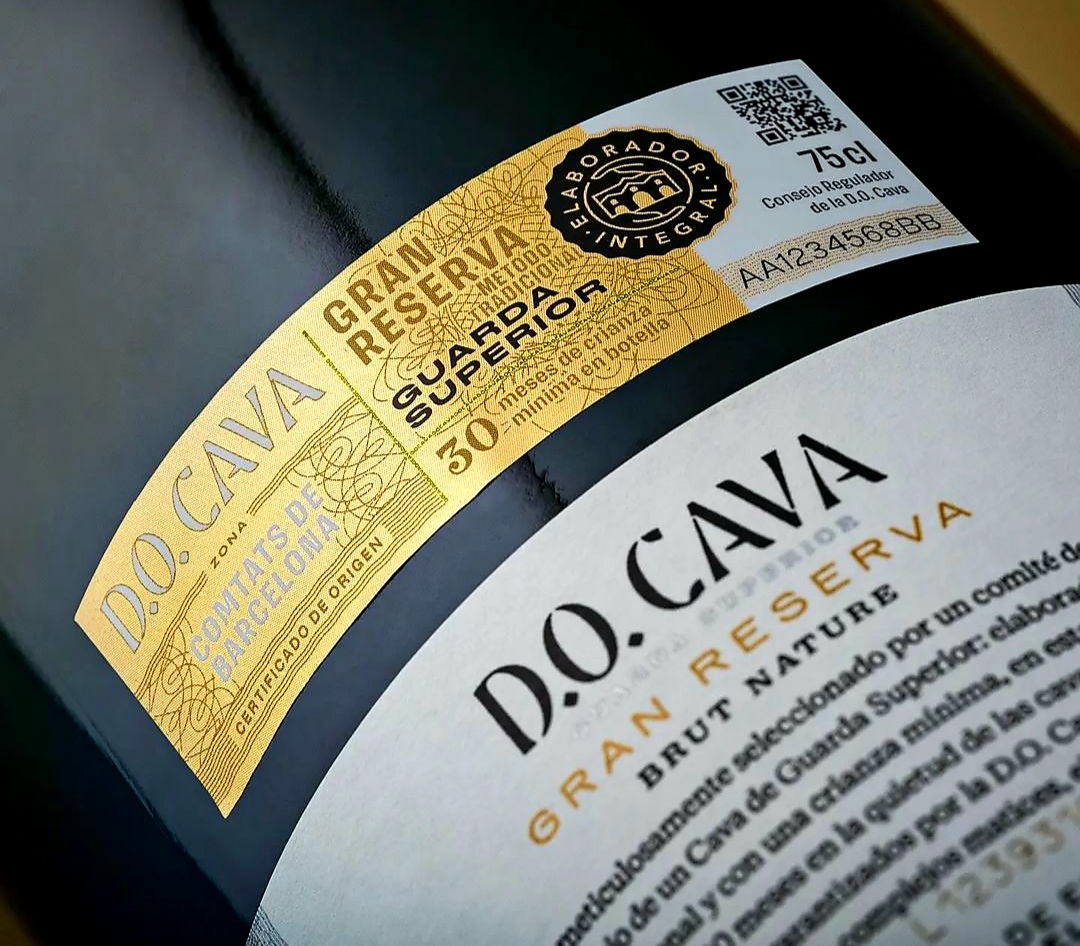
© D.O. CAVA
Cava (literal translation of “Cave”, typical cellar where the Cava is elaborated) is not yet known to average consumers, like Champagne and Italian Prosecco but it aims very high. If the data reported continue to grow in the short/medium term, many around the world will also know and appreciate this Iberian wine specialty.
If the future is Cava, let’s find out more.
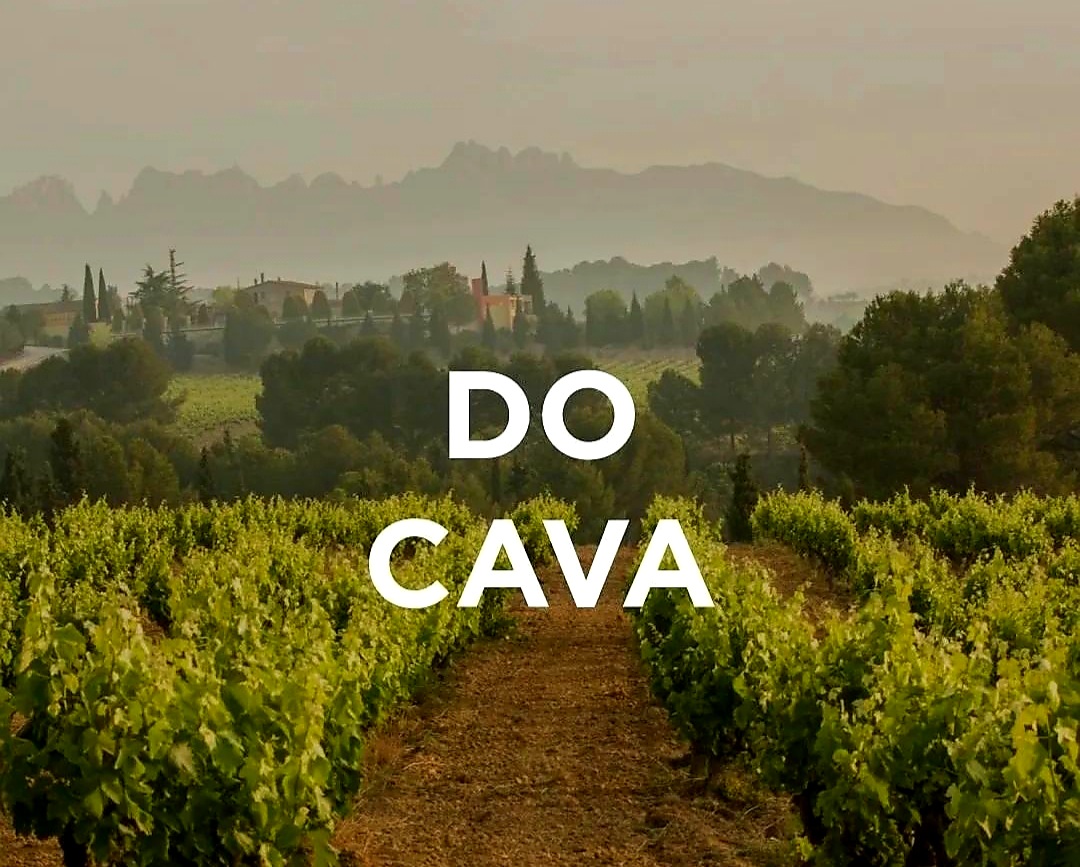
© D.O. CAVA
SANT SADURNÍ D’NOIA: CAPITAL OF CAVA
Sant Sadurní d’Anoia is a village of just under ten thousand inhabitants in the Spanish Autonomous Community of Catalonia, in the Alt Penedès region.
For many centuries, the small village was just a collection of houses with a parish. Its development took place at the end of the eighteenth century, thanks to its strategic geographical position. Agricultural production, focused on wines, strengthened in the nineteenth century. In 1872, the first bottle of Cava was produced and, since then, Sant Sadurní, became the cradle of the Cava and the home of some of the historic cellars.
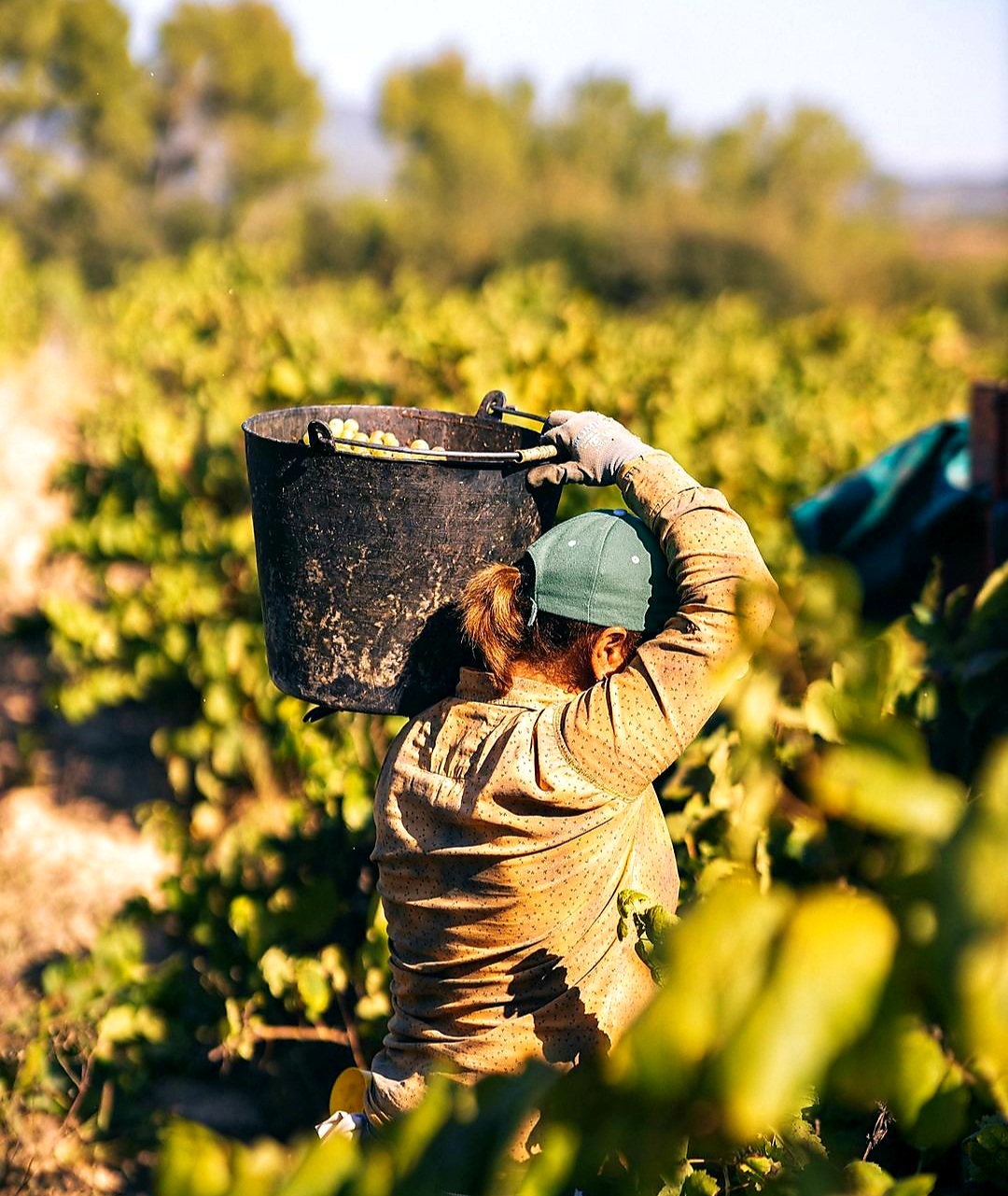
© D.O. CAVA
The whole evocative landscape of the Penedès is characterized by the imposing rocks of the Montserrat mountain which gives the area a unique character and makes it an important wine tourist destination in Catalonia and the rest of Spain. The entire area also welcomes visitors with various cultural events, festivals and activities related to the Cava throughout the year.
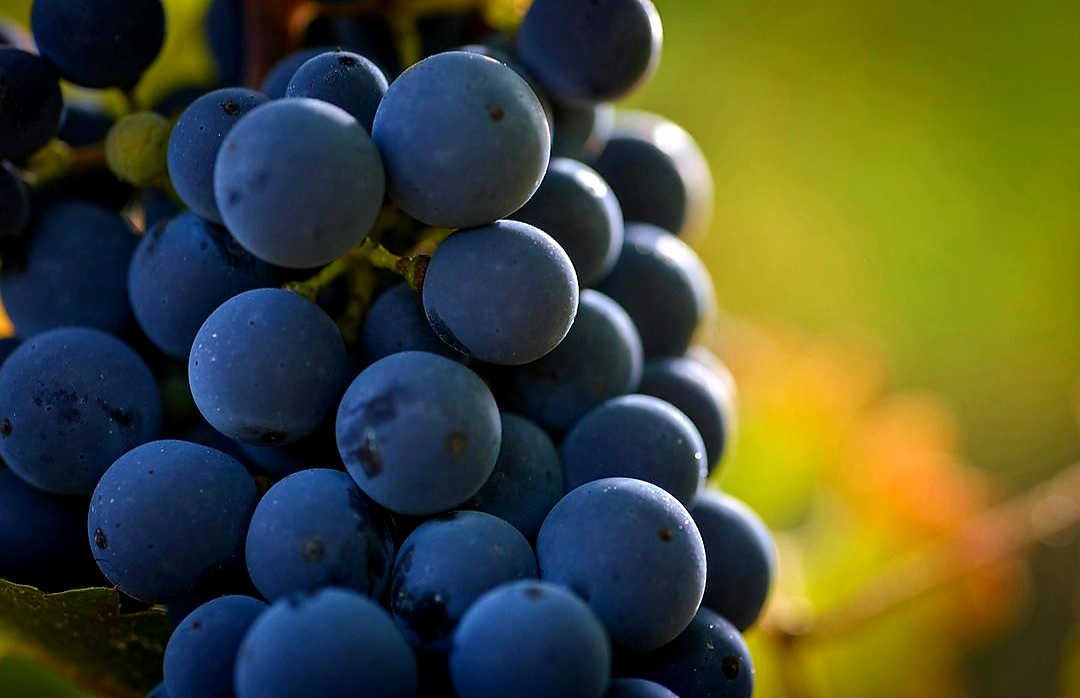
© D.O. CAVA
CAVA: THE TERRITORIES
The production areas certified by the Cava Designation of Origin are four:
COMTATS DE BARCELONA
It is the area that concentrates over 95% of Cava production, having as reference the municipality of Sant Sadurní d’Anoia. Located in the northeastern part of Spain, the area takes its name from the ancient medieval counties and territories sponsored by the County of Barcelona, and includes the territories historically linked to it.
The Mediterranean climate (with some variations between the areas closest to the coast and the inland areas, which may have a continental Mediterranean climate), with very long summers and high temperatures in spring-summer, make a good ripening of the grapes ideal.
VALLE DEL EBRO
The area includes the Cava vineyards located in the northernmost part of the Designation of Origin and is made up of municipalities and territories characterized by the proximity and influence of the Ebro river.
In general, the climate is temperate with influence of the continental climate, so with winters they are quite cold and summers hot and dry.
The area, in turn, is divided into two subzones, taking into account its unique location and microclimatic conditions: Alto Ebro and Valle del Cierzo.
VINEYARDS ALMENDRALEJO
It is located in the southernmost and westernmost part of the Denomination of Origin, made up of the municipality of Almendralejo, in the Tierra de Barros region. Thanks to the altitude between 200 and 450 meters above sea level, the vineyards enjoy a fairly dry climate, mild winters and high temperatures in summer, accentuated by the action of the hot wind.
LEVANTE AREA
Formed by the municipality of Requena, it is located within the province of Valencia and takes its name from its position in relation to the Iberian Peninsula.
The climate is dry, with a tendency to continentality, due to the altitude and the distance, of about 70 km, from the Mediterranean Sea, with significant thermal contrasts between day and night, as well as long and cold winters.

© D.O. CAVA
AUTHORIZED GRAPE VARIETIES:
Macabeo
It is the most planted variety within the appellation, originally from the Penedès area, mentioned for the first time in 1617. It has large and compact clusters, very thin skin, late ripening. The resulting wines have a light floral character, elegant and well balanced.
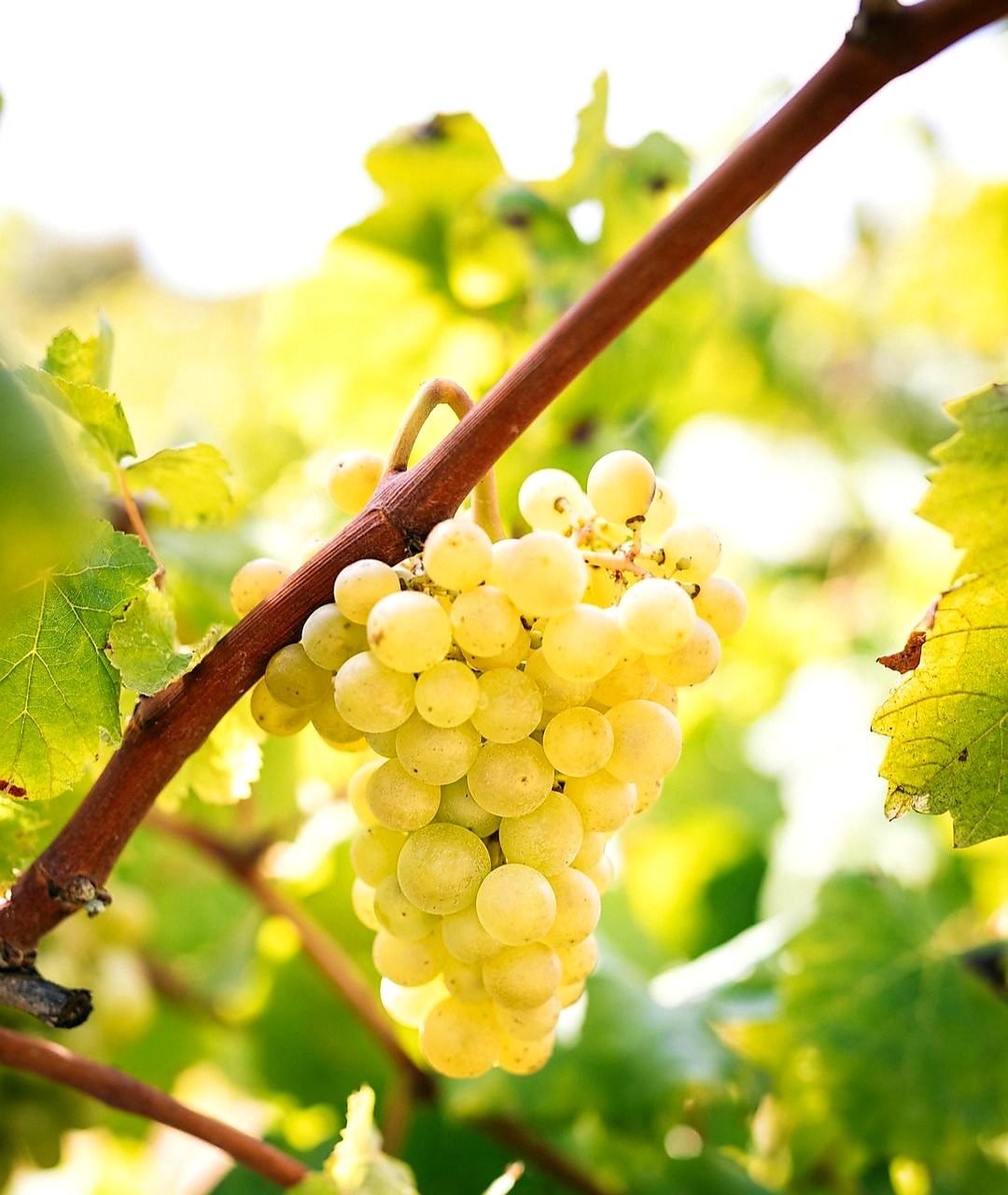
© D.O. CAVA
Xarel it
It is one of the white varieties with which Cava is most identified in its area of origin, Penedès, where it is considered a native vine. Mentioned in 1785, for the first time it became the most emblematic variety of Cava, being the second most planted grape of the entire vineyard registered in the D.O.
Medium bunch, not very compact and thick skin that gives body to the wines and a unique flavor that distinguishes Cava from other sparkling wines made with the traditional method.
Parellada
third most cultivated vine in the area registered with the Cava Designation of Origin, as early as the 14th century. In Cava it is mainly used for its ability to add finesse and freshness to wines. Large bunch, medium sized grain and thick skin, it has an early germination and a late ripening.
The wines produced are structured, fruity and elegant.
Chardonnay
Versatile, capable of adapting to various types of soil and different production methods. Round and compact bunch, thin skin and firm pulp, it germinates early, and is also one of the first varieties to be harvested. Despite being an international variety – of French origin – it has been authorized for the production of Cava since 1986.
Garnacha Tinta
it is one of the most cultivated varieties in the world and one of the oldest (1513, according to Gabriel Alonso’s book General Agriculture).
The budding is early but with a long cycle, the clusters are medium-sized and compact. The wines have a delicate flavor and very fruity aromas. It turns out to be one of the most used varieties to produce Cavas Rosados.
Subirat Parent
Also known as Malvasía, it is a variety increasingly used in the production of sweet or semi-sweet Cavas.
Early sprouting and ripening, its clusters are compact and of medium size. The skin of its large and round berries is thick. With a slight reddish tone, its grapes tend to produce wines with structure, fresh and with a good aromatic composition, being very rich in tropical aromas, without forgetting those of white flower, rose, melon and herbaceous touches. All these nuances that acquire complexity with aging.
Trepat
With a compact, large and thick-skinned bunch, its harvest is late. In recent years, it has proven to be ideal for cava rosés, giving them a beautiful color and balanced acidity.
The aromas that characterize it tend to red fruits such as strawberry, raspberry and cherry. Usually, they are also accompanied by spicy touches (cinnamon) which give rise to elegant and subtle Cavas, with a great touch of personality.
Pinot Noir
Although its fame is known all over the world, Pinot Noir is the “youngest” grape of the D.O.P. Its use was authorized in 1998 for the production of Cavas Rosados and, since 2007, it can also be used for the production of white Cavas, the so-called “Blanc de Noir ”.
The harvest is always early, especially due to the Mediterranean climate and its prompt and rapid ripening (short cycle variety). The result of its vinification are fruity, aromatic and low tannic wines. Cavas, in short, is very seductive.
Monastrell
Monastrell is one of the first varieties used in the production of Cava.
The clusters are of medium size, not very compact and with large berries and thick skin. When ripe it takes on an attractive bluish color. In its vinification it gives an intense color and a good amount of tannins that make it a vine with a good aging potential. It is mainly used in the production of Cavas Rosados.
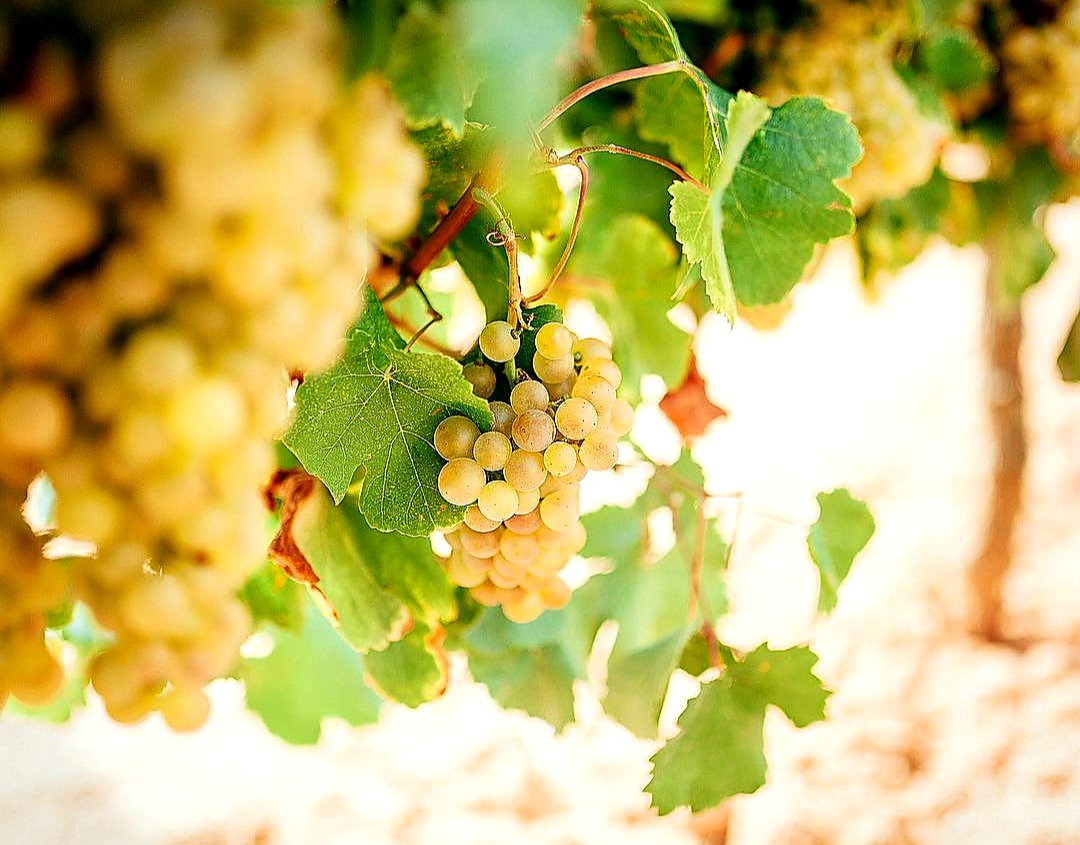
© D.O. CAVA
VINIFICATION:
The traditional or champenoise method is distinguished by the second fermentation in the bottle, unlike most sparkling wines in the world that use other methods.
What today is a method studied and explained through science was at the beginning a reason for refusal. The first bottles with bubbles inside, the result of spontaneous and in some cases unwanted fermentations, were considered defective, to the point of being called vins du diable.
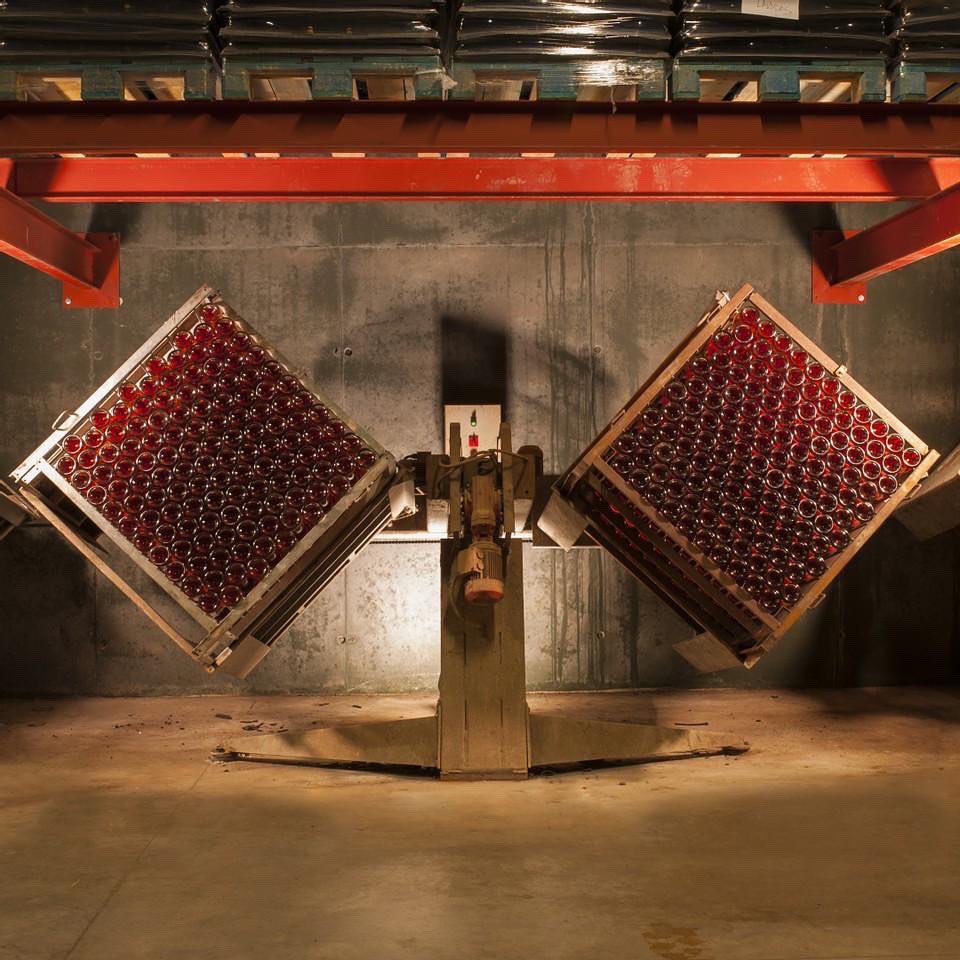
© D.O. CAVA
CAVA VARIETY
Cava de Guarda: 9 months
It is the youngest of the entire cava range and full of freshness. Aging in the bottle for at least nine months.
It is light, fruity and citrusy. Its sparkling and fast bubble reflects his youth. In the tasting it brings to mind memories of white flowers and fruits such as green apple or pear. It is ideal to combine with all types of appetizers, salads, light canapés or seafood.
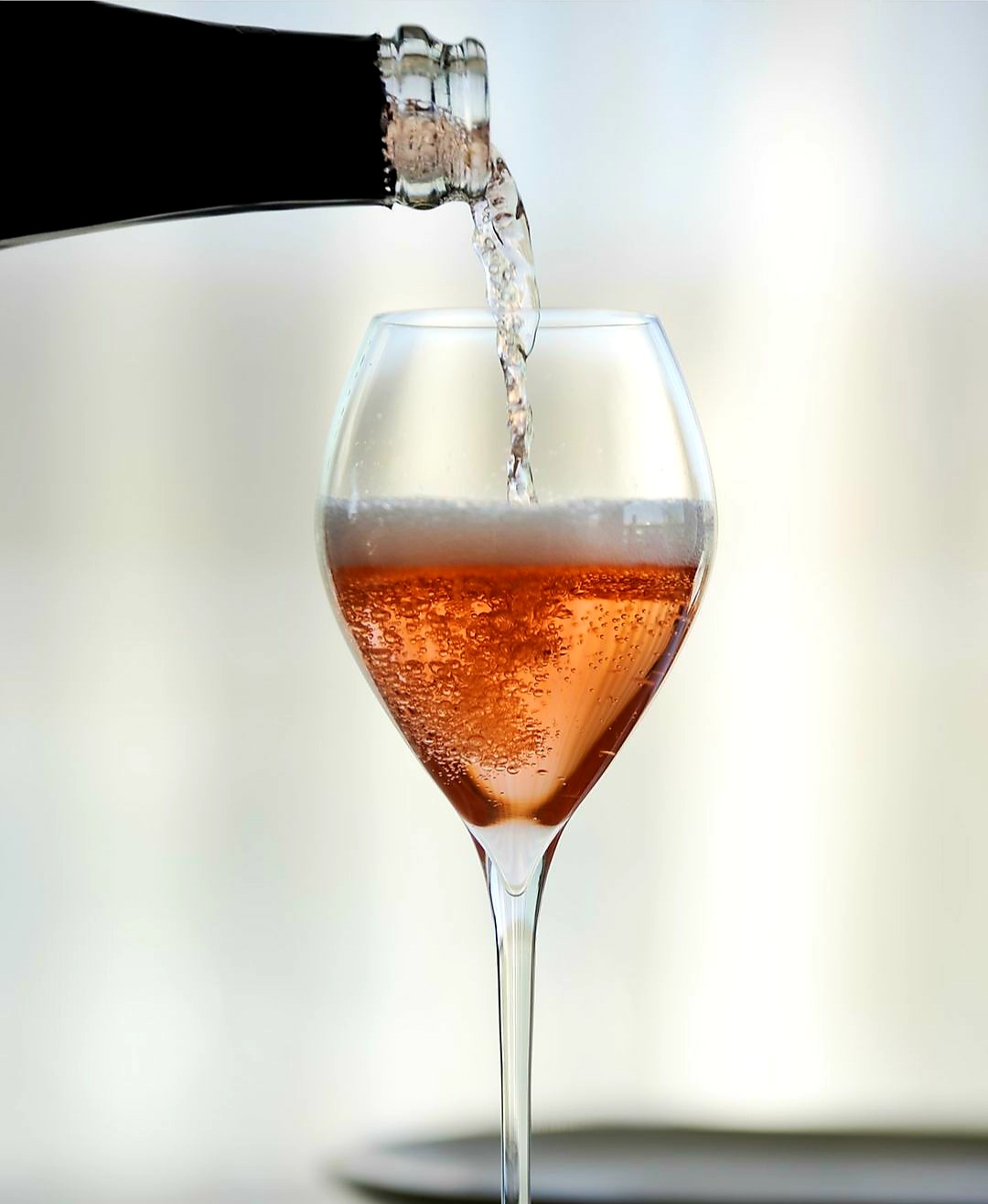
© D.O. CAVA
Cava Reserva (Guarda Superior): 18 months
Cava Reserva rests in the cellar, in conditions of low light and silence, for a minimum of eighteen months, giving the product aromatic richness and complexity. The Regulatory Council approved in 2020 that the minimum aging of Cava Reserva rises to 18 months.
Cava Gran Reserva (Superior Watch): 30 months
Of great aromatic intensity, the Cavas Gran Reserva stand out for having their own personality and aromatic complexity deriving from an aging of over thirty months in the bottle.
Cavas de Paraje Calificado (Superior Guard): 36 months
As the name indicates, it is a unique product, the result of a special and specific place, of a vineyard which, due to its characteristics (position and terroir), differs from the rest. Cava de Paraje Calificado is synonymous with high quality and uniqueness. A product with its own personality, delicate and very particular.
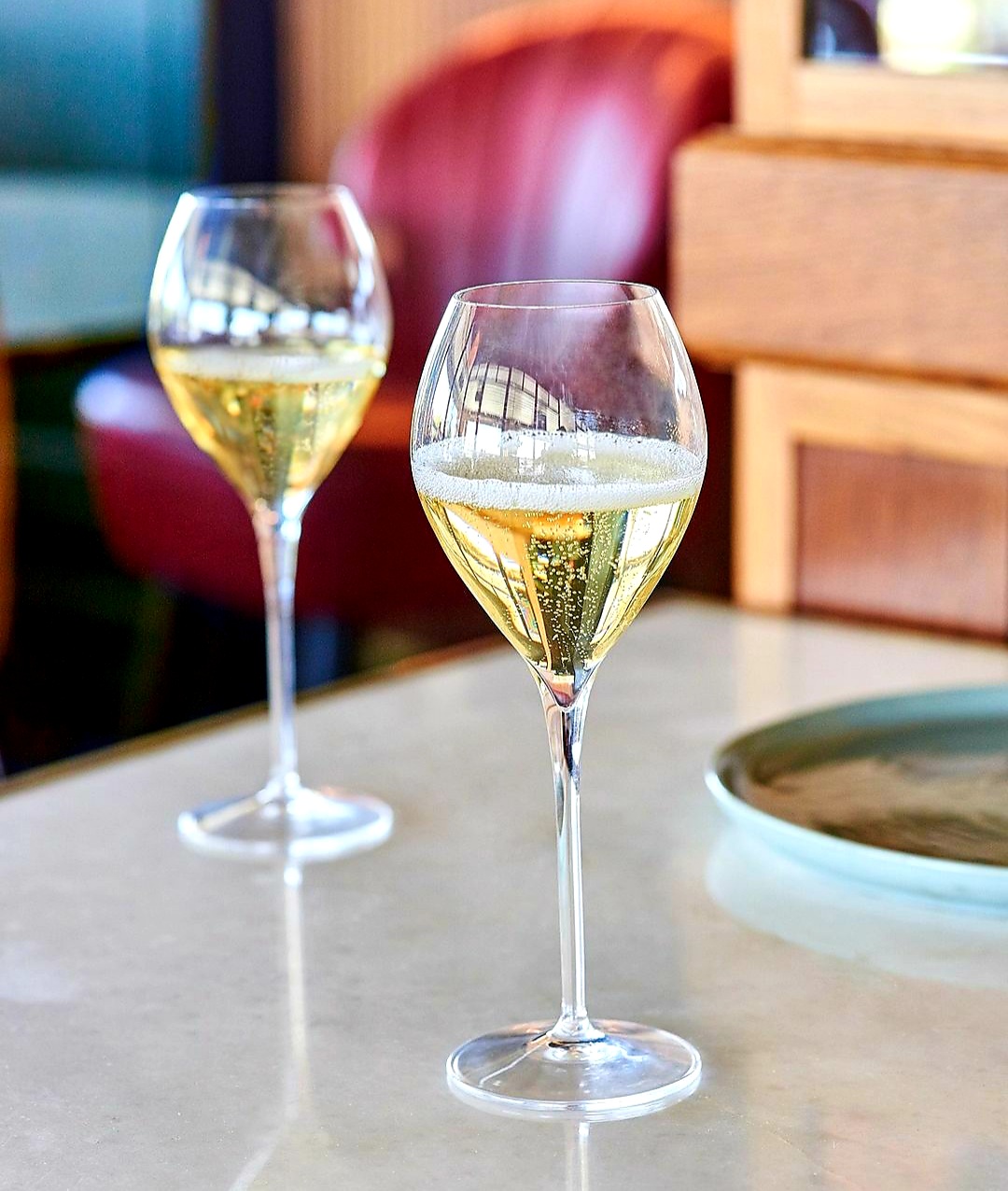
© D.O. CAVA
One of the goals for the future is to position Cava as a wine that harmonises with practically any gastronomy in the world, for which the D.O CAVA has signed an agreement with the world’s leading authority on the harmonies of taste, François Chartier explains Patricia Correia, Director of Communications of the D.O. CAVA. Its nine grape varieties, and the proximity to the Mediterranean, give the Cava a unique identity, characterized by an optimal balance between acidity and Mediterranean fruit. Its careful production method, its high quality level is able to compete with the best sparkling wines in the world, the variety of styles with a selection of native grapes from a total of nine different varieties and its high power of combination with the different kitchens from all over the world.
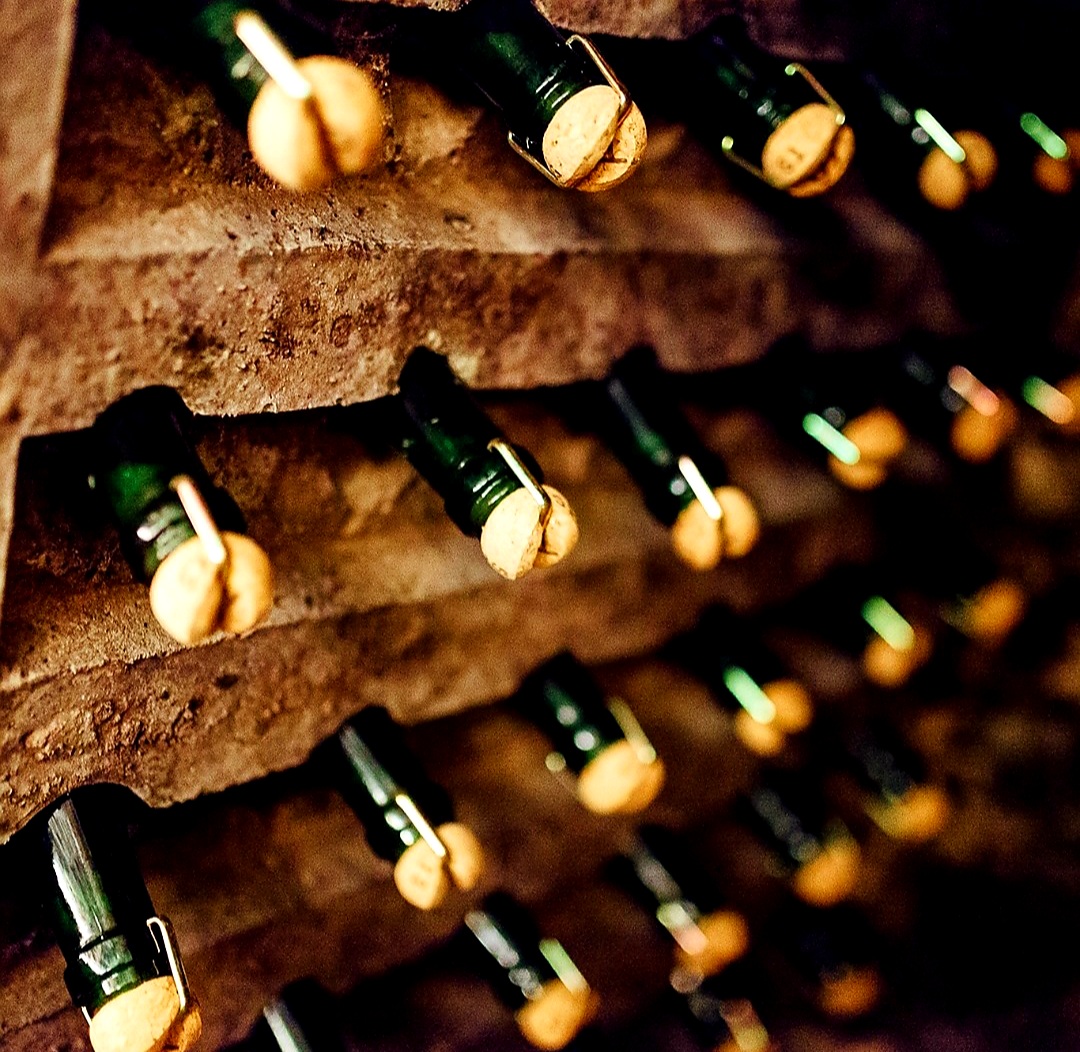
© D.O. CAVA
Correia also recounts the very particular study of François Chartier on the Cava:
After a long work in the field, the specialist of aromas and “Créateur d’Harmonies” François Chartier has managed for the first time to carry out this fantastic scientific work in which he demonstrates that Cava is the best ally of gastronomy and combines perfection with a infinity of flavors from all over the world.
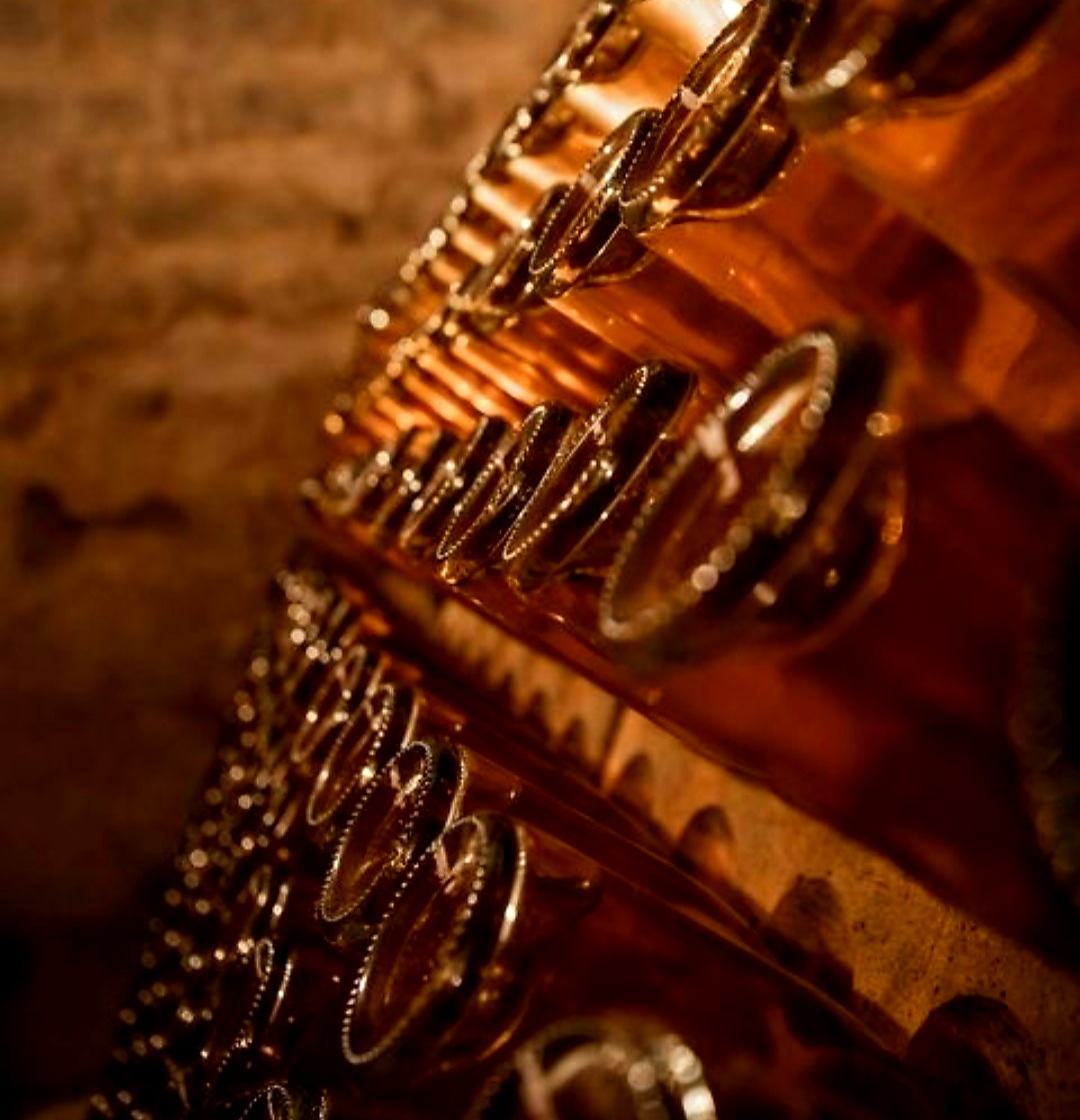
© D.O. CAVA
After making an extract of the different general aromatic profiles of four different types and styles of Cava (Traditional, Reserve, Gran Reserve and Cava de Paraje Calificado), Chartier continued with the analysis of the main dominant molecules for each of them through his aromaticity science of “molecular harmonies”, demonstrating that Cava is the best ally of gastronomy and goes perfectly with an infinite number of flavors from all over the world.
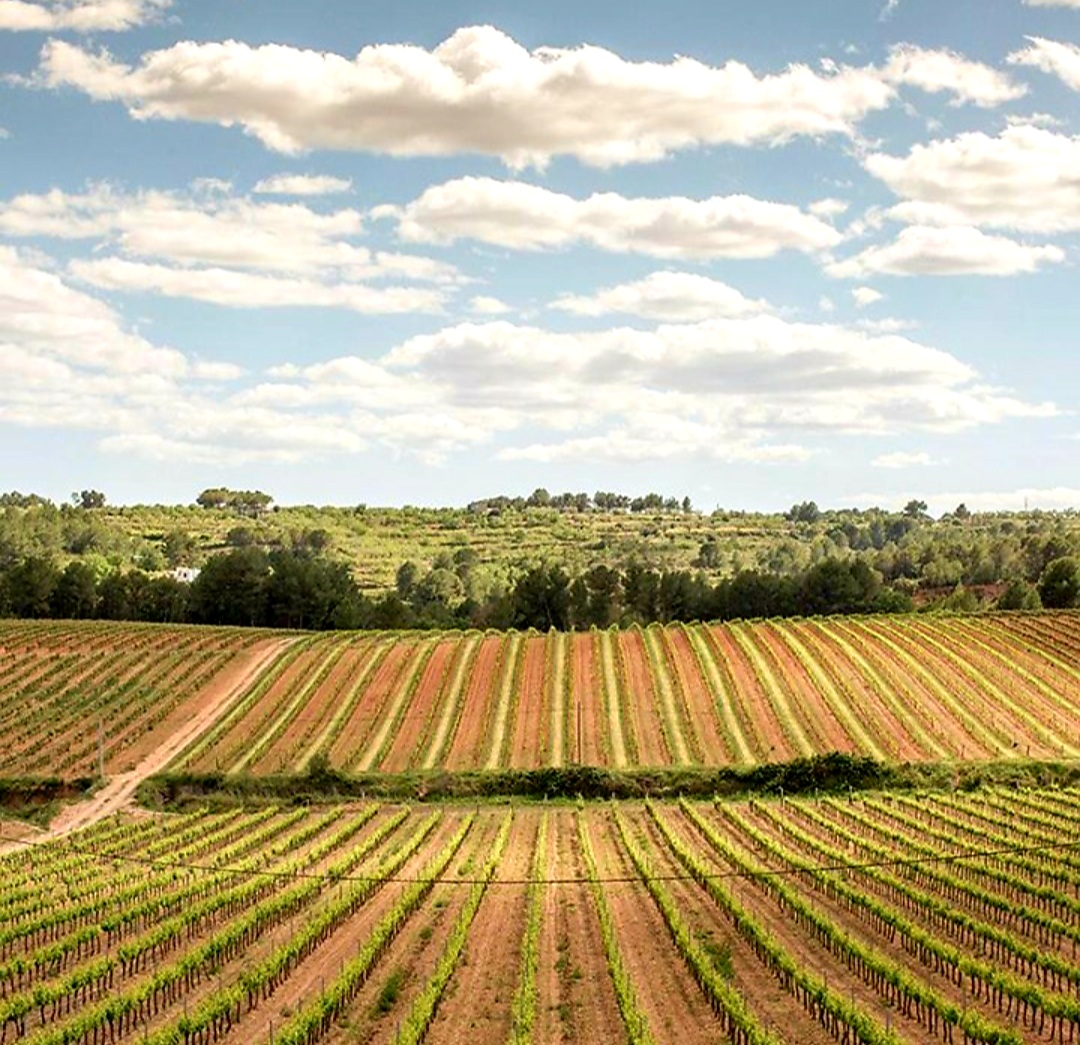
© D.O. CAVA
Patricia Correia is the ambassador of this Spanish excellence who tells us: Its careful production method, its high quality level able to compete with the best sparkling wines in the world, the variety of styles with a selection of native grapes from a total of nine different varieties and its high power of combination with the different cuisines from all over the world.
Cava looks to the future with optimism, also in terms of sustainability and organic on which the companies are focusing, as the D.O. CAVA:
“Within the D.O. the category of organic CAVA stands out. CAVA, the result of the new regulations that indicate the year 2025 as decisive for the entire category of Guarda Superior to be 100% organic. The number of bottles produced and labeled now exceeds 22,797,356 bottles with an impressive growth of + 65.43% compared to 2020, consolidating a category that is in a state of transition for some winemakers with Denomination of Origin. The Aged Superior segment contributes considerably, registering a significant growth of + 104.25% and representing a weight of 42.09% on the total of the organic CAVA category ”.
The path undertaken by the strategic commitment of the D.O. The CAVA in the new segmentation and zoning, with a strong focus on the sustainability of the territory and the elaboration of the CAVA, confirms that it is going in the right direction.


